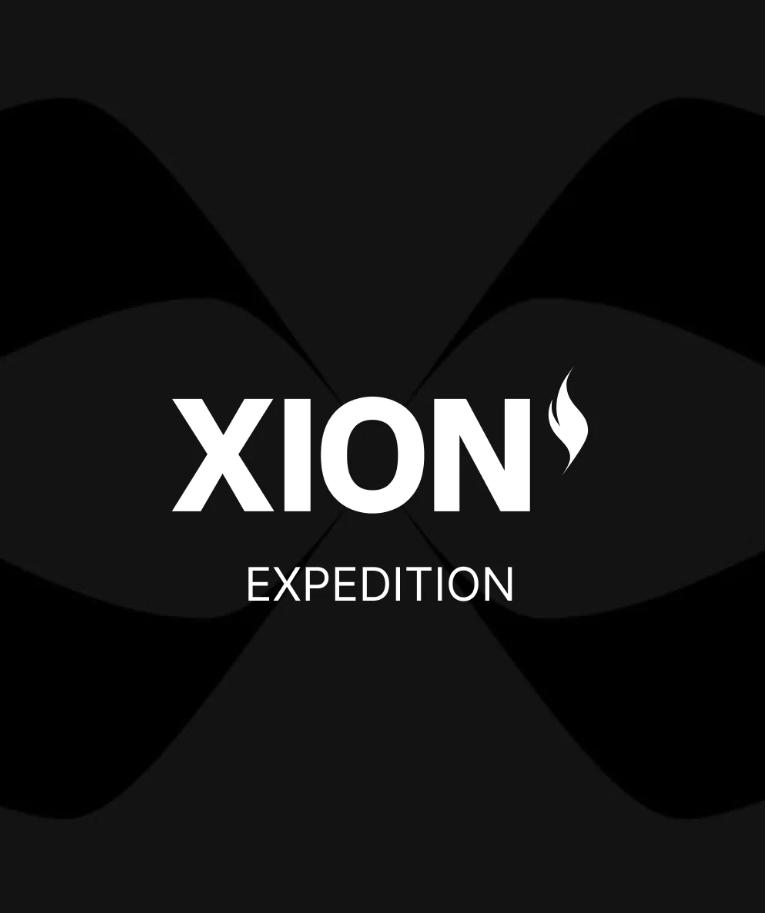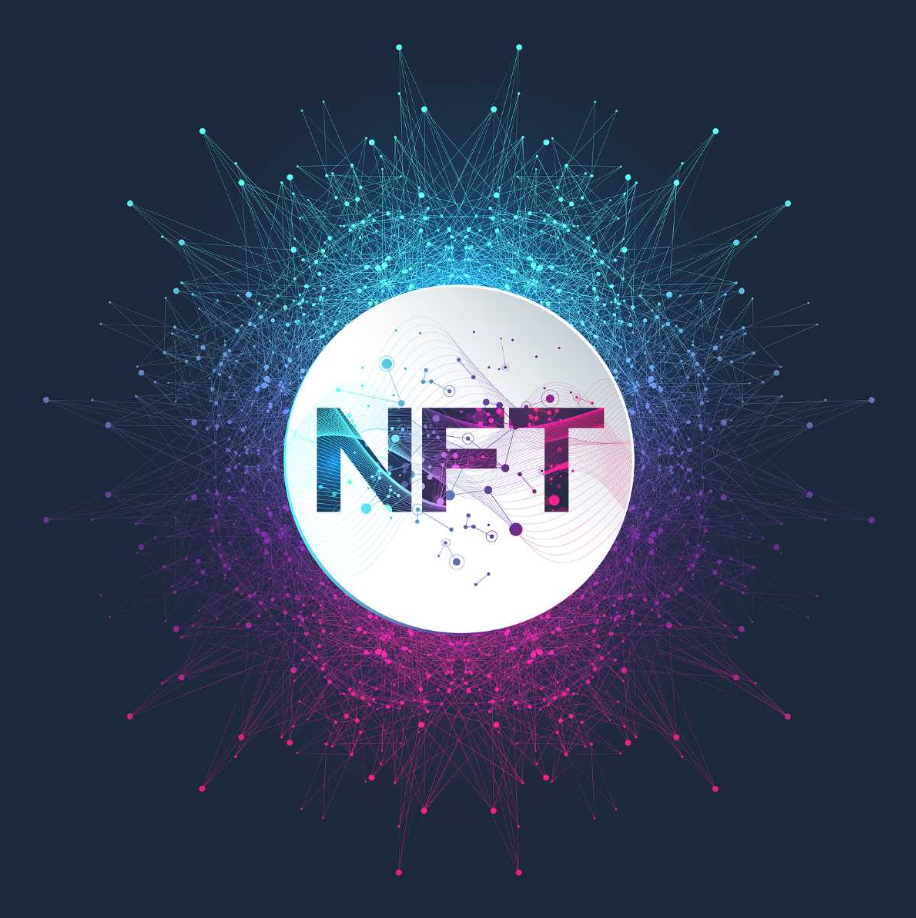Blockchain technology is steadily becoming a part of the technological landscape, with scalability solutions like Near sharding and Ethereum's Layer-2 gaining traction. These methods are architected atop existing blockchain systems to boost throughput, scalability, and privacy while lowering costs and network congestion.
Layer-2 operates by processing state transactions off-chain from Layer-1, with the transactions verified and presented in the form of optimistic rollups using zk-proofs. This mechanism verifies the legitimacy of the Layer-2 state transition. The Layer-2's operation premise is that it can outperform Layer-1 in throughput due to reduced consensus overhead.
In contrast, Near opts for a method called sharding, partitioning the network into segments directly incorporated into the protocol, thereby maintaining the security of Layer-1 blockchain. Near's sharding has been likened to Ethereum's rollup operation, with the key distinction lying in how sharding is integrated into the protocol, facilitating interaction between applications on different shards and ensuring composability.
However, the blockchain community remains divided over Layer-2, with one side pointing out unresolved issues such as composability and collective work results and another believing that it's too early to pass judgment.
Ultimately, the choice between Near sharding and Ethereum's Layer-2 scaling method will hinge on individual design philosophies underlying the base protocol. Ethereum emphasizes robustness and resilience, while Near prioritizes a seamless user experience. As developments progress, Near's native token NEAR is currently trading at $1.45 and is forecasted to reach as high as $3.50 by the end of 2023.







